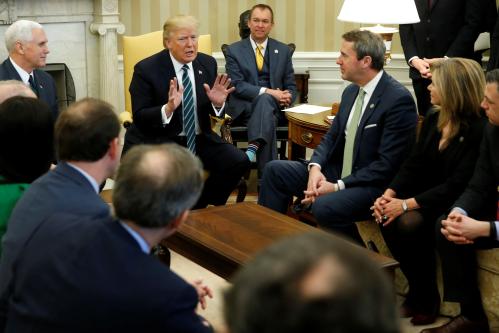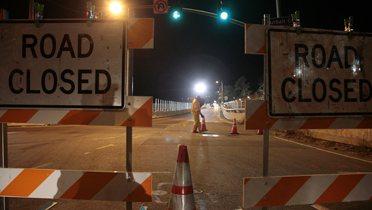The U.S. economy grew 2.9 percent during the third quarter of 2016, almost double the average rate of the prior decade but historically still slow. For example, between 1950 and 1970 the economy grew on average 4.2 percent a year. It’s been 15 years since we’ve had one year of growth at that level.
The speed at which the economy grows is the most important factor determining whether workers’ wages and standards of living rise. The Federal Reserve predicts the economy will grow, on average, by 1.8 percent over the next decade. What would the country look like if the economy continued to grow at last quarter’s rate of 2.9 percent?
Additional growth of 1.1 percent a year over the Fed’s projection for 10 years would produce an economy $2.4 trillion larger by 2016, or about $6,850 per person given projected population growth. Of course, the spoils of greater growth would not be shared equally, given that today households in the top 5 percent earn over 27 times what households in the bottom 20 percent earn. Nonetheless, even if the share of national income going to the bottom quartile remained consistent (a paltry 3.2 percent), average income would nearly double among these households (not accounting for inflation).
Though a healthy boost, that extra income would not be a panacea for struggling individuals and households. Without a substantial shift in social and economic policy, we will continue to struggle with homelessness, dilapidated schools, aging infrastructure, and a justice system that discriminates.
Yet fixing these problems requires resources, and economic growth of 2.9 percent for 10 years would generate $600 billion more per year in tax revenue in 2026 than currently projected by CBO. While not enough to address the projected budget shortfall of $1.2 trillion, the increase in the public coffers would go a long way toward improving the quality of life of many Americans. For example, that increase is six times larger than what the federal government now invests in food stamps, homeless prevention support, and HIV programming and research (domestic and international) combined. It is twice what we spend on K-12 education.
Long-run economic growth is by no means the only challenge the next president will face, but it’s likely the most important one. Part of the president’s job will be to open people’s eyes to what growth can accomplish. The bigger job will be to do something about it.









Commentary
Last quarter the economy accelerated. What if it kept going?
October 28, 2016